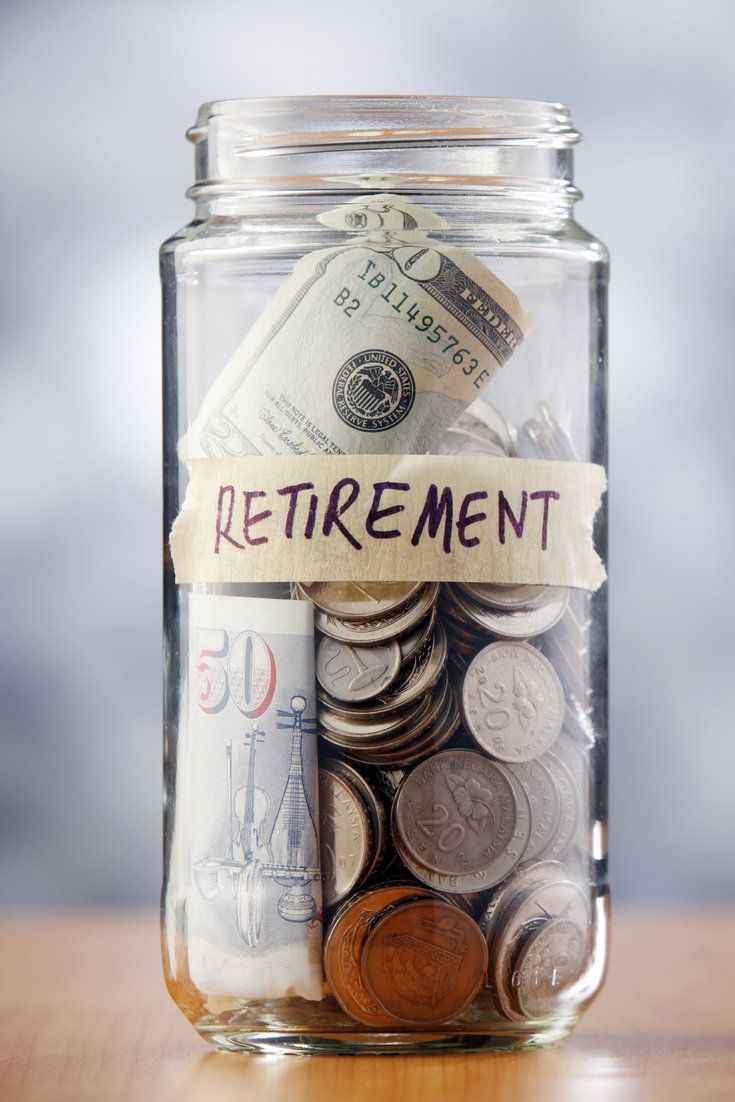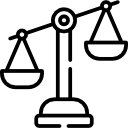Registered Retirement Savings Plan (RRSP)
The savings account that keeps on giving.
An RRSP helps you save for retirement, reduce your taxes today, and grow your money tax-free until you retire.
It’s the smart, flexible way to build your future financial security — and even help you buy your first home.
Why Open an RRSP?
1 - Pay Less in Taxes Today
Contributions to your RRSP are tax-deductible, meaning they reduce your taxable income — and that means you pay less tax now while saving more for your future.
2 - Grow Your Money Tax-Free
Your investments inside an RRSP grow tax-sheltered until you withdraw them, usually when you’re retired and in a lower tax bracket.
3 - Use It Toward Your First Home
Through the Home Buyers’ Plan (HBP), you can withdraw up to $35,000 from your RRSP (or $70,000 per couple) to buy your first home — without paying tax immediately.
How an RRSP Works
- Speak with a financial advisor to choose the best investment options for your goals.
- Find your contribution room balance and plan your savings efficiently.
- Use your RRSP contributions to reduce your annual income taxes.
- Enjoy tax-free investment growth until retirement.
- When you reach age 71, your RRSP automatically converts into a Registered Retirement Income Fund (RRIF) — giving you regular income payments for retirement.

Types of Investments You Can Hold in an RRSP
You can invest in a wide range of options, including:

Mutual Funds

Segregated Funds

Stocks & Bonds

GICs

What to Know
You can withdraw money from your RRSP anytime, but here’s what to consider:
-
Immediate Taxes Apply
Withdrawals are subject to withholding tax, and the amount you take out will be added to your taxable income that year. -
Lose Contribution Room
Withdrawn amounts don’t get added back — you permanently lose that contribution room. -
Impact on Retirement Goals
Taking money out early can set your retirement savings timeline back, reducing your long-term growth.

Home Buyers’ Plan (HBP)
Use your RRSP to help buy your first home.
- You and your spouse can each withdraw up to $35,000.
- Funds must be in your RRSP for at least 90 days before withdrawal.
- You must repay the amount within 15 years, starting 2 years after withdrawal. If not repaid, the balance becomes taxable income.

RRSP vs TFSA — Key Differences
| Feature | RRSP | TFSA |
|---|---|---|
| When can you start | At 18, with a valid SIN and Canadian residency | After filing an income tax return with earned income |
| How long it stays open | Until Dec 31 of the year you turn 71 (then converts to RRIF) | For life |
| Contribution deadline | March 1 each year (you can apply to current or previous tax year) | None |
| Contribution limit | 18% of last year’s earned income or CRA annual limit (plus unused room) | $6,000 (2022), plus unused and withdrawn amounts |
| Withdrawals | Allowed, but contribution room is lost permanently | Fully flexible — withdrawn room is restored next year |
| Tax benefits | Contributions reduce taxable income; growth tax-deferred; withdrawals taxed at retirement | No deduction, but growth and withdrawals are tax-free |
Open your RRSP
Plan your tax-efficient contribution strategy
Build a customized investment portfolio
